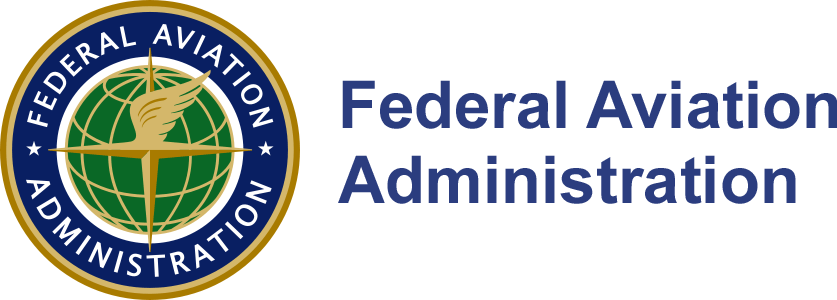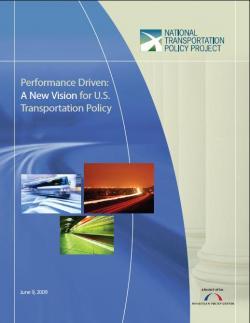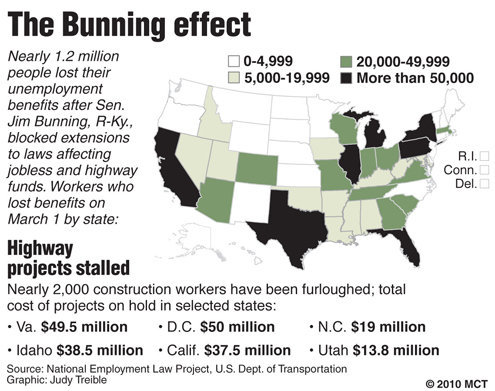Job Alert: Management and Program Analyst @ USDOT’s Federal Aviation Administration, Washington, DC
(Source: Young Prof. in Transportation)

Announcement Number: AWA-APP-12-MT19408-23534
Opening Date: Dec 07, 2011
Close Date: Dec 28, 2011
Additional Salary Info: The salary above includes a 24.22% locality payment for the Washington metro area.
Job Status: Full Time
Appointment Duration: Permanent
We are not accepting applications from non-U.S. citizens.
The incumbent will perform a wide variety of national level funds oversight and analytical duties associated with all aspects of the Airport Improvement Program (AIP) budget process. This includes providing guidance, oversight, and tracking of funds obligations, to ensure compliance with AIP statutory requirements, program authorizations and appropriation. The AIP annual budget generally exceeds $3 billion annually. The incumbent will perform financial planning; reviews and necessary calculations of annual legislative authorization and appropriation proposals. Incumbent will serve as a national subject matter expert in developing and maintaining guidance on financial management and funds control responsibilities for the AIP. Provides budget and legislative related advice and guidance to management, staff, regional office personnel along with the general public. Prepares written responses to public and Congressional inquiries on the implementation of the AIP.
- Ability to analyze and convey financial and technical information to a variety of audiences in meetings, presentations, or briefings.
- Skill in the application of fiscal management techniques and processes.
- Knowledge of applicable statutes, regulations, and directives controlling the AIP and familiarity with other related programs, e.g., Passenger Facility Charge, National Plan of Integrated Airport Systems, Facilities & Equipment, etc.
- Knowledge of Microsoft Office programs (including MS Excel and MS Word) and reporting system (including the Systems of Airports (SOAR), DELPHI (financial management system), or a standard database system (eg. MS. Access or Oracle Discoverer).
- We may use this vacancy to fill other similar vacant positions.
- Travel may be required.
- Position may be subject to a background investigation.
- A one-year probationary period may be required.
As a condition of employment, male applicants born after December 31, 1959, must certify that they have registered with the Selective Service System, or are exempt from having to do so under the Selective Service Law.
Direct deposit of pay is required.
- As a part of the Federal-Wide Hiring Reform Initiative (streamlining the hiring process), the FAA is committed to eliminating the use of the Knowledge, Skills and Ability (KSA) narratives from the initial application in the hiring process for all external announcements. Therefore, as an applicant for this external announcement, you are NOT required to provide a narrative response in the text box listed below each KSA. In lieu of providing a KSA narrative response in the text box listed below each KSA, in your work history, please include work history that describes how you meet the answer you chose for each KSA. Your work history examples should be specific and clearly reflect the highest level of ability. Your KSA answers will be evaluated further to validate whether the level that you selected is appropriate.
- Eligible applicants meeting the minimum qualification requirements will be further evaluated on the KSA listed in the announcement. Based on this evaluation, applicants will be placed in one of the following categories: score order, category grouping, or priority grouping and referred to the selecting official for consideration. Failure to meet minimum qualification requirements automatically disqualifies an applicant.
- This position is covered by the FAA Core Compensation Plan. Additional information about core compensation is available at www.faa.gov.
- FAA organizations may offer service credit towards the accrual of annual leave to certain newly appointed or reappointed employees. In order to receive consideration for such a benefit, applicants’ prior non-Federal service or active duty uniformed service must directly relate to the duties of the position to which appointed. Granting service credit is at the sole discretion of the hiring organization, and granting such benefit is not an entitlement nor guaranteed to any newly hired employee.
- Applicants must apply on-line (https://jobs.faa.gov). Applicants must have a status of “Submitted” by 11:59 PM CST on the closing date for it to be accepted. Applications submitted via email or fax WILL NOT be considered.
- The person selected for this position may be required to file a financial disclosure statement within 30 days of entry on duty. FAA policy limits certain outside employment and financial investments in aviation-related companies.
- This position is also being announced as Vacancy Announcement No. AWA-APP-12-MT19408-23539 as Current or Former Federal Employees & EVHO. Please review both vacancy announcements to determine if you are eligible to apply.
Federal Aviation Administration
Human Resource Services Division
800 Independence Avenue, SW
Room 523
Washington, DC 20591
Phone: 202 267-8012
Fax Number: 202 267-7032


![Reblog this post [with Zemanta]](http://img.zemanta.com/reblog_e.png?x-id=aa281478-895c-4658-a661-5b414cc72bf5)









![Reblog this post [with Zemanta]](http://img.zemanta.com/reblog_e.png?x-id=1b1a6113-c2c4-42ef-b6ad-dee03ab5eaec)
